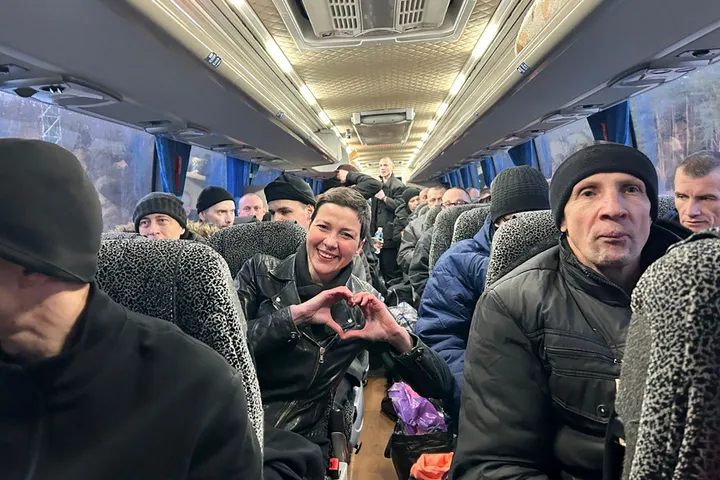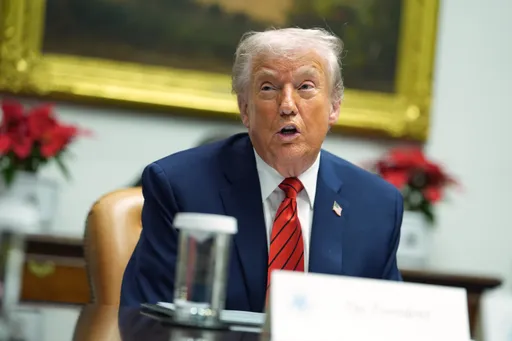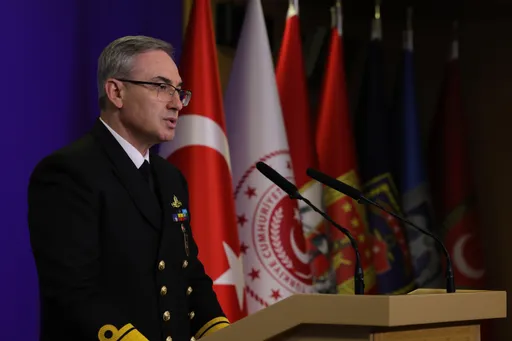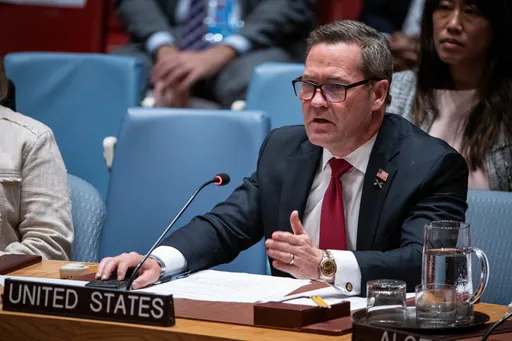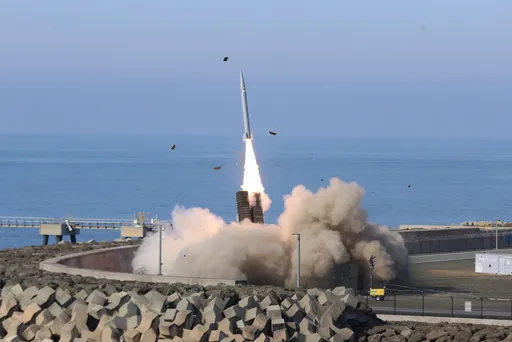Fresh protests broke out as night fell in Tehran on Monday, local media reported.
Iran's semi-official Mehr news agency is reporting a gunman has killed one policeman and wounded three other officers during a protest gathering.
Without elaboration the late Monday report says the assailant used a hunting rifle to shoot the policeman in the central city of Najafabad, some 320 kilometers (200 miles) south of Iran's capital, Tehran.
This is the first report of a police officer being killed during five days of protests and raises the total number of dead to 13.
Earlier on Monday, Iranian state TV said 12 people had been killed amid the nationwide protests. The report said that included 10 deaths during clashes Sunday night when security forces repelled what officials described as "armed protesters" trying to take over police stations and military bases.
The protests began Thursday over economic issues and have since expanded to several cities. Hundreds have been detained since then.
The latest demonstrations came despite President Hassan Rouhani's vow that the nation would deal with "rioters and lawbreakers".
Security forces in Iran repelled "armed protesters" who tried to take over police stations and military bases, state television said on Monday.
"Some armed protesters tried to take over some police stations and military bases but faced serious resistance from security forces," state TV said.
It did not say where the attacks took place.
Restrictions remained on reporting inside the country, but social media reported a heavy police presence on the streets of central Tehran as small groups of protesters were seen running and chanting anti-government slogans.
TRT World'sChristine Pirovolakis reports.
Pro-government rallies were held across several towns and cities, but videos on social media showed seemingly widespread anti-government protests on Sunday in cities including Kermanshah, Khorramabad and Shahinshahr.
A school for clergy and government buildings were torched in the northwestern town of Takestan and videos showed police using tear gas and water cannon to disperse a small protest in Tehran's Enghelab Square on Sunday evening.
One police officer has been shot dead during protests in Iran and three have been wounded, a police spokesman said on Monday, the first reported security force fatality since anti-government demonstrations began last week.
"A rioter took advantage of the situation in the city of Najaf Abad and fired shots at police forces with a hunting rifle. As a result, three were wounded, and one was martyred,” Saeed Montazer al Mahdi was quoted as saying by Iranian state television.
The protests began Thursday in Mashhad over economic issues and have since expanded to several cities. Hundreds of people have been arrested.
Israeli prime minister wishes success to protesters in Iran
Israel's prime minister wishes protesters in Iran "success in their noble quest for freedom."
Calling the protesters "brave" and "heroic," Benjamin Netanyahu said in a video posted to YouTube on Monday that the protesters sought freedom, justice and "the basic liberties that have been denied to them for decades."
He criticised the Iranian government's response to the protests and also chided European governments for watching "in silence" as the protests turn violent.
President calls for calm
Protests continued overnight Sunday, despite President Hassan Rouhani calling for calm and vowing more "space for criticism" in a bid to head off the unrest.
Rouhani finally broke his silence on Sunday night about the protests that mark the biggest test for the regime since mass demonstrations in 2009.
Police used tear gas and water cannon to disperse a small protest in Tehran's Enghelab Square on Sunday evening, according to unverified social media videos.
Videos posted on social media showed protests continued on Monday. The videos could not be independently verified.
Protesters in the small northwestern town of Takestan torched a school for clergy and government buildings, the ILNA news agency said, while the state broadcaster said two people had died in Dorud after crashing a stolen fire engine.
There were also reports of protests in the cities of Izeh (southwest), Kermanshah and Khorramabad (west), Shahinshahr (northwest) and Zanjan (north).
Verifying reports remained challenging due to travel restrictions and sporadic blocks on mobile internet and popular social media sites including Telegram and Instagram.
Economic hardship driving protests
The protests began as demonstrations against economic conditions in the second-biggest city, Mashhad on Thursday but quickly turned against the government as a whole, with thousands marching in towns across Iran to chants of "Death to the dictator."
"The people are absolutely free in expressing their criticisms and even protests," Rouhani said in a message on the state broadcaster.
"But criticism is different to violence and destroying public property."
He sought a conciliatory tone, saying that government bodies "should provide space for legal criticism and protest" and calling for greater transparency and a more balanced media.
Trump weighs in
US President Donald Trump said the "big protests" showed people "were getting wise as to how their money and wealth is being stolen and squandered on terrorism."
"Looks like they will not take it any longer," he wrote on Twitter.
In a later tweet, Trump accused Iran of "numerous violations of human rights," and commented on the disruption to social media, saying it "has now closed down the Internet so that peaceful demonstrators cannot communicate. Not good!"
Rouhani dismissed Trump's comments.
"This man who today in America wants to sympathise with our people has forgotten that a few months ago he called the nation of Iran terrorist."
"This person whose whole being is against the nation of Iran has no right to feel pity for the people of Iran."
Arrests in Tehran
After initial silence, state media began showing some footage on Sunday, focusing on young men attacking banks and vehicles, an attack on a town hall in Tehran, and images of a man burning the Iranian flag.
Two hundred people were reported to have been arrested in Saturday night's unrest in the capital.
"Those who damage public property, disrupt order and break the law must be responsible for their behaviour and pay the price," Interior Minister Abdolrahman Rahmani Fazli said on Sunday.
"The spreading of violence, fear and terror will definitely be confronted," he added.
There have been reminders of the continued support for the regime among conservative sections of society, with pro-regime students staging counter-demonstrations at the University of Tehran over the weekend.
Austerity budget
Rouhani came to power in 2013 promising to mend the economy and ease social tensions, but anger over high living costs and a 12 percent unemployment rate have left many feeling that progress is too slow.
Unemployment is particularly high among young people, who are generally considered less deferential to authority.
"Rouhani has run an austerity budget since 2013 with the idea that it's a tough but necessary pill to swallow to manage inflation and currency problems and try to improve Iran's attractiveness for investment," said Esfandyar Batmanghelidj, founder of the Europe-Iran Forum.
"But choosing years of austerity immediately after a very tough period of sanctions is bound to test people's patience," he told AFP.
Police have so far taken a relatively soft approach to the unrest. They deny shooting two men killed in Dorud on Saturday night, although information has been hard to obtain amid the near-total media blackout.
The authorities have blamed external forces for fomenting violence, saying the majority of social media reports were emanating from regional rival Saudi Arabia or exiled groups based in Europe.
Since the ruthless repression of the 2009 protests against a disputed presidential election that gave hardliner Mahmoud Ahmadinejad a second term, many middle-class Iranians have abandoned hope of securing change from the streets.
But low-level strikes and demonstrations have continued, with groups such as bus drivers, teachers and factory workers regularly protesting against unpaid wages and poor conditions.

